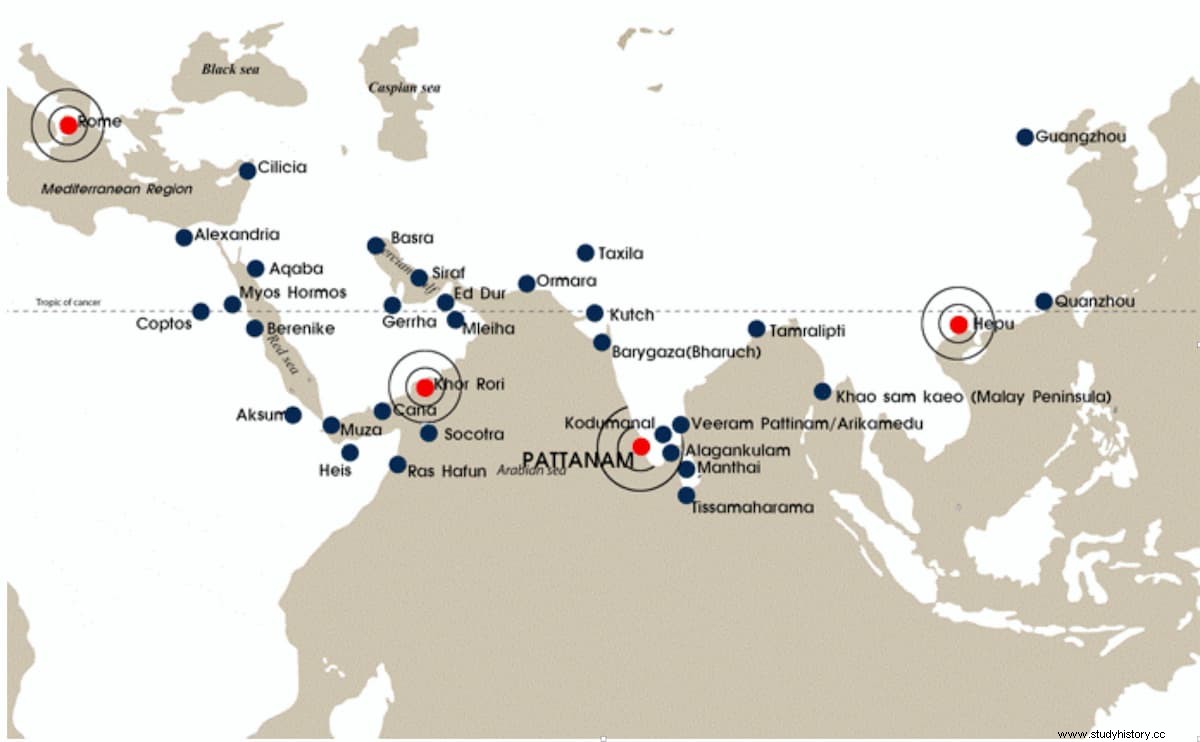The recent findings made in the excavations in Pattanam, near North Paravur, in India add to the evidence that indicates that the site corresponds to the legendary port city of Muziris, key in the interactions between India, Persia and the Greek world. -Roman during Antiquity, but whose location was unknown until now.
The PAMA Institute for the Advancement of Transdisciplinary Archeology conducted excavations in five trenches on four private plots in Pattanam in March, April and May 2020 under a license from the Archaeological Survey of India. They were not allowed to excavate the land owned by the Kerala Council for Historical Research (KCHR) as previously planned.

PJ Cherian, director of PAMA, said the finds consist mainly of pottery remains. In addition to substantial amounts of Indian pottery, the site yielded an impressive number of pottery from the Mediterranean, Red Sea, Arabian Sea, Bay of Bengal, and South China Sea, strengthening the assumption of that Pattanam could be part of the legendary port of Muziris .
One of the most fascinating finds from this year's excavations was a signet ring made of agate carved with a sphinx, a mythical creature with magical and oracular powers.
Dr. Giulia Rocco, a specialist in ancient Roman art, confirmed that the Pattanam seal is similar to the one used by Octavian before he became Augustus. According to Rocco, the precision of the gem's style and carving technique suggest a chronology between the 1st and 2nd centuries AD. The recent finds have not been carbon dated, but were from stratigraphic layers scientifically analyzed in the previous nine excavations.

Another find is a Greco-Roman head from a miniature statuette, from the trench where the sphinx was recovered. According to PAMA researchers, this is the first human image of the 66 trenches dug so far in Pattanam. However, the trenches excavated so far do not reach 1% of the 45 hectares of the Pattanam archaeological site.
This is a major site that has yielded a lot of physical evidence in the past. Some people had doubts regarding the identification of the ancient port site with Muziris said K. Paddayya, an archaeologist and professor emeritus at Deccan College in Pune.
